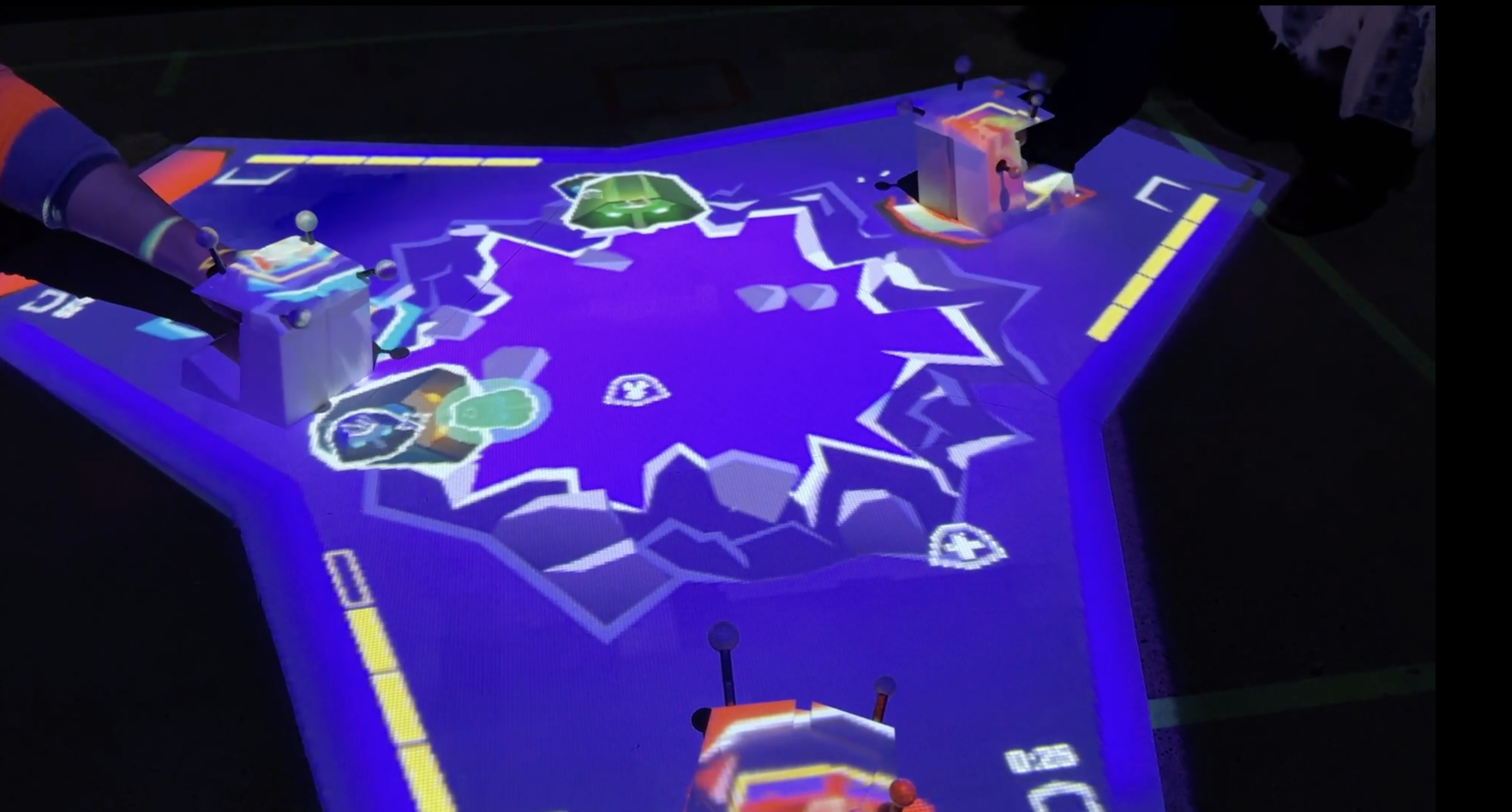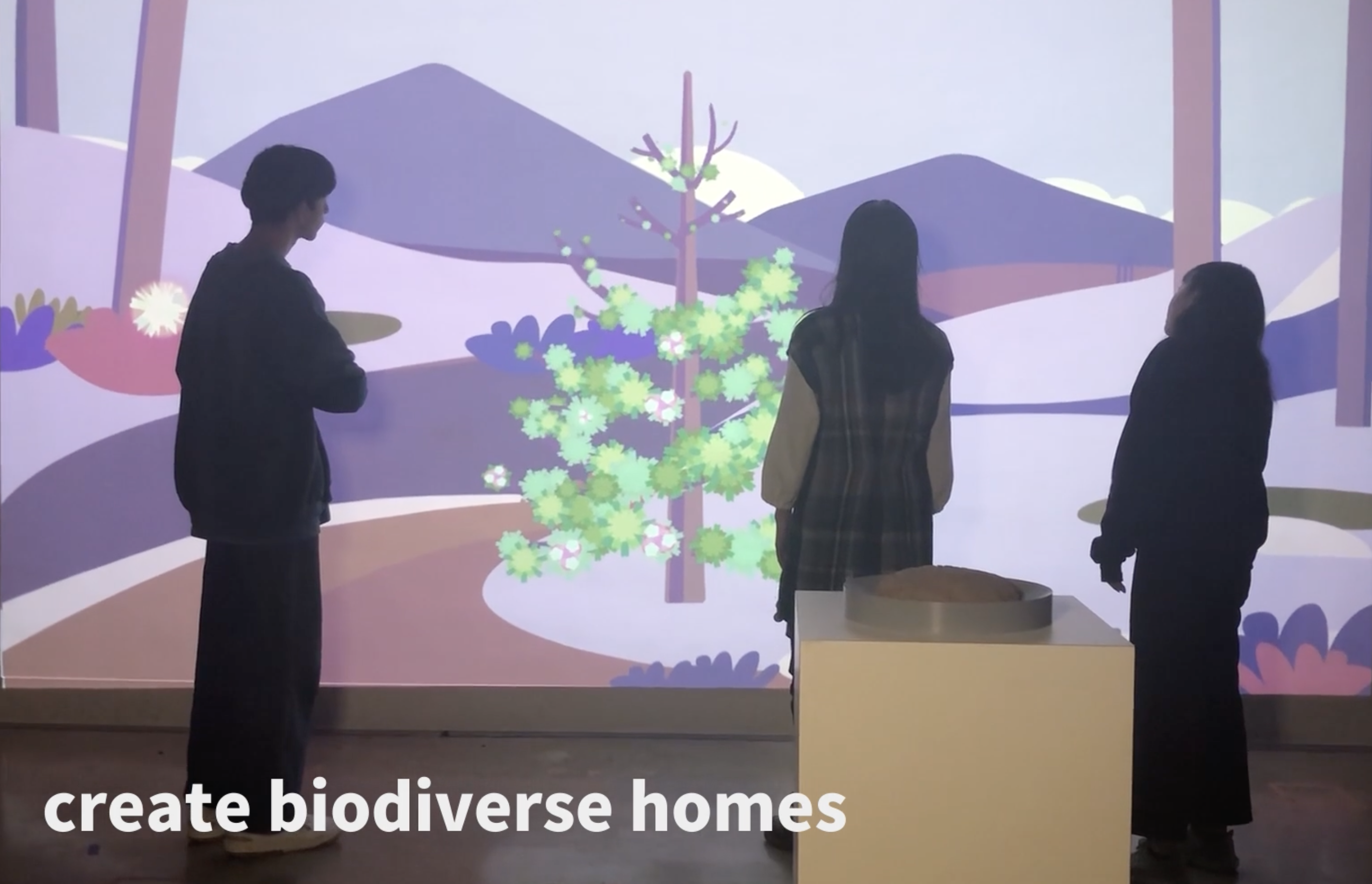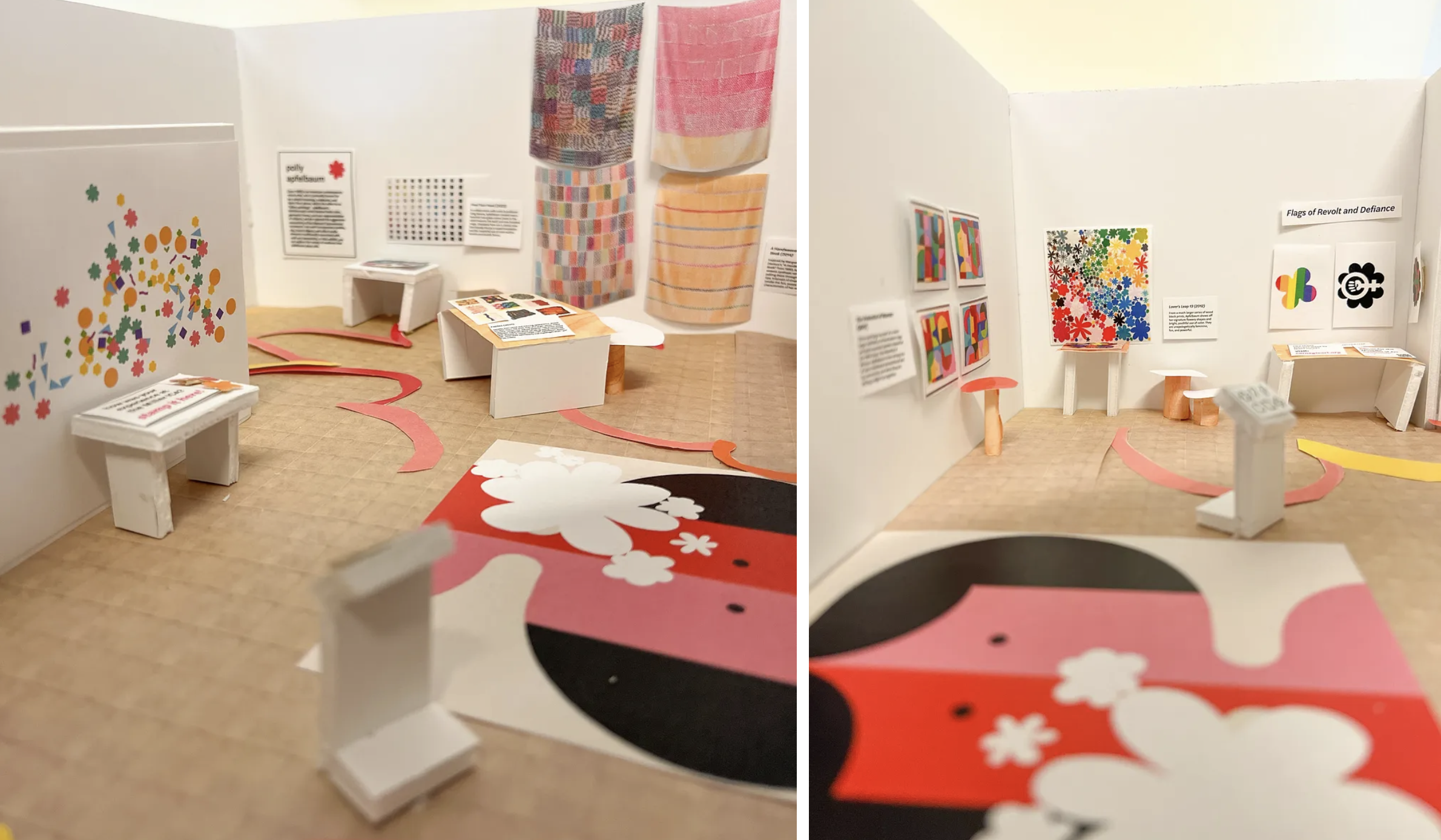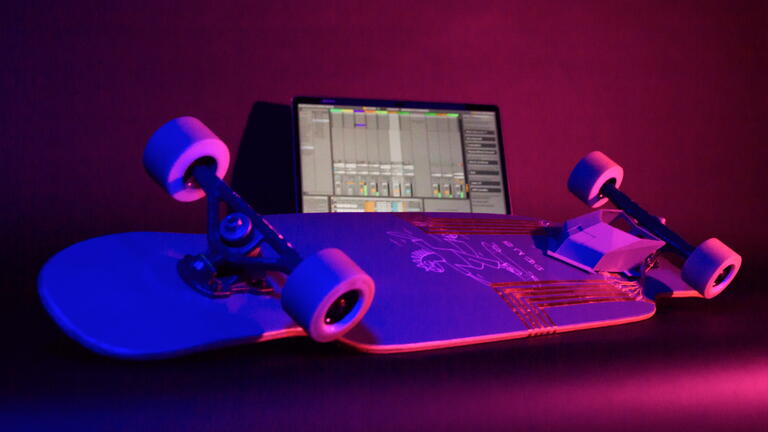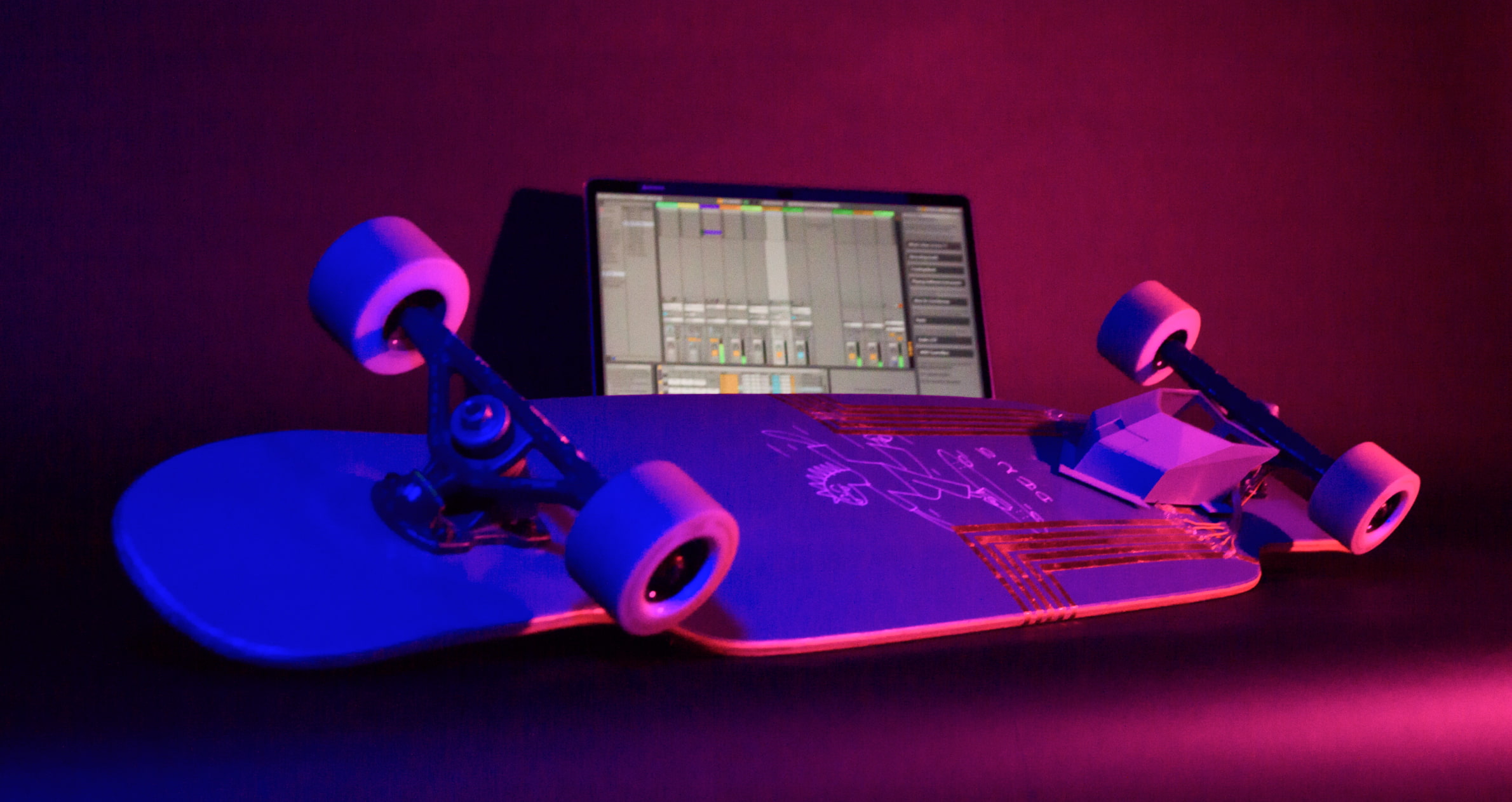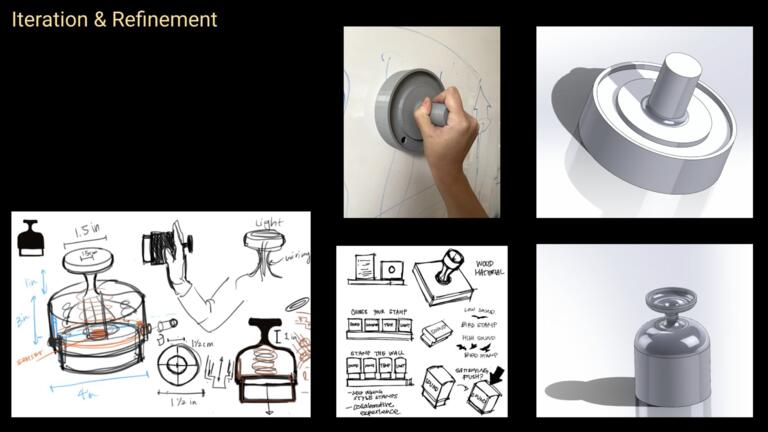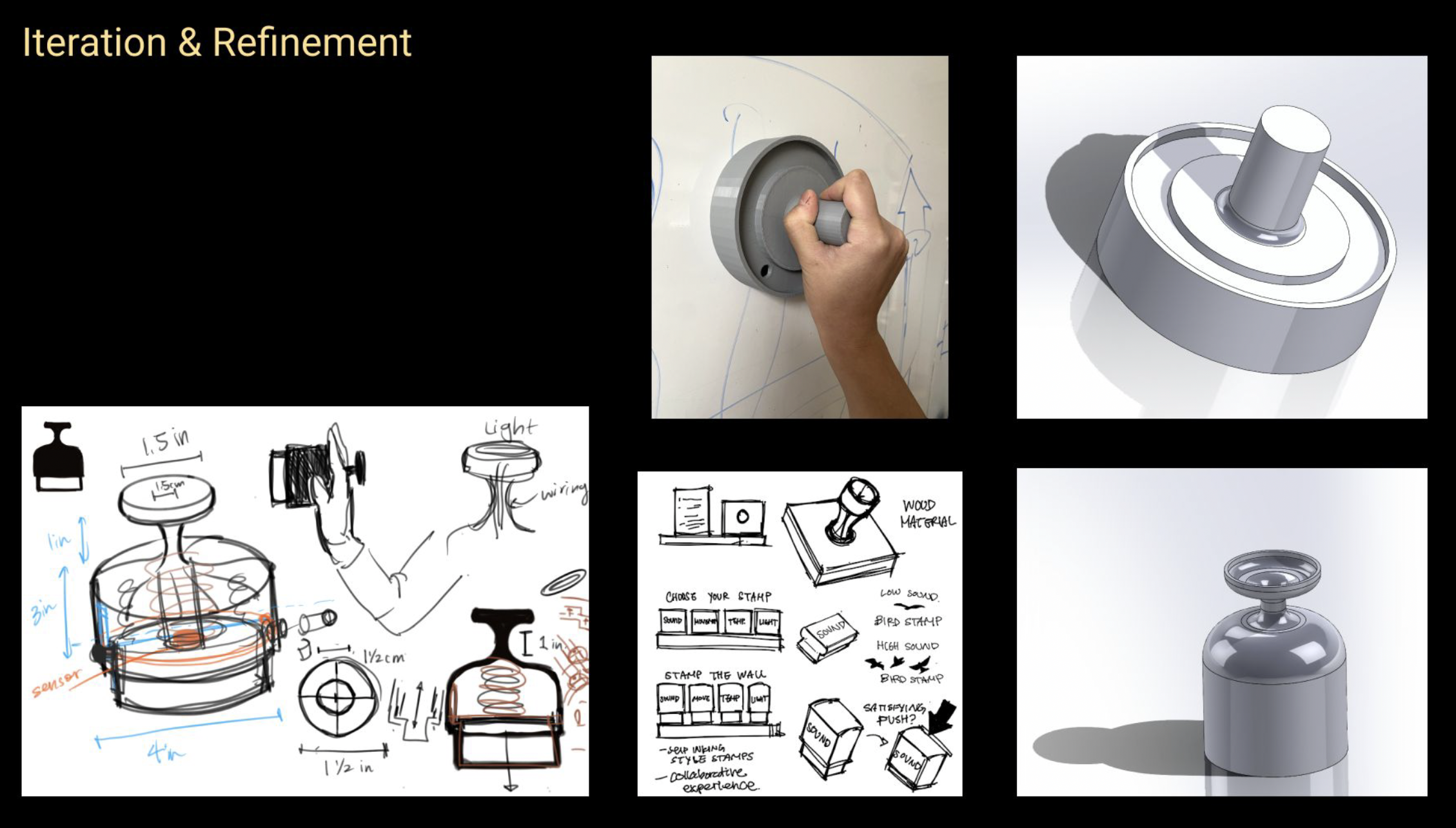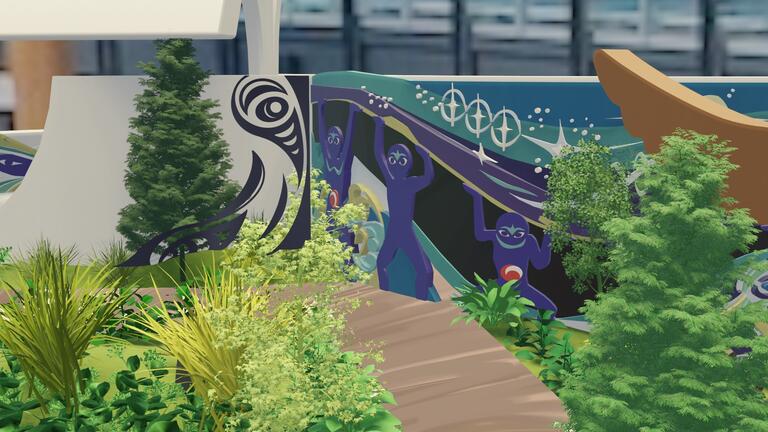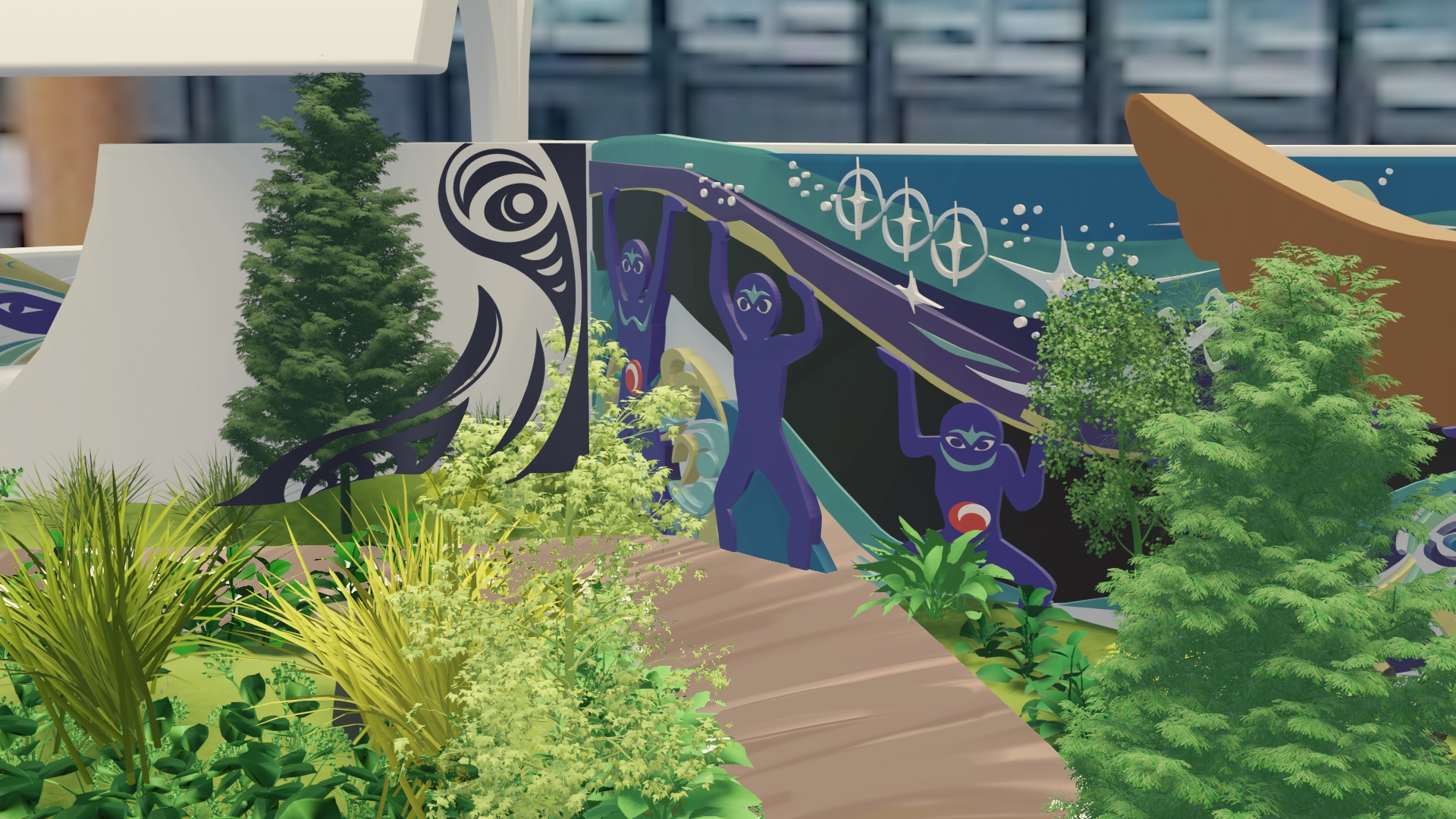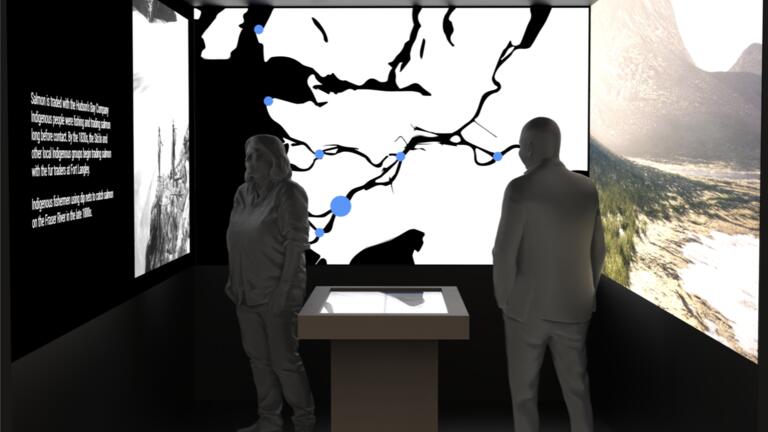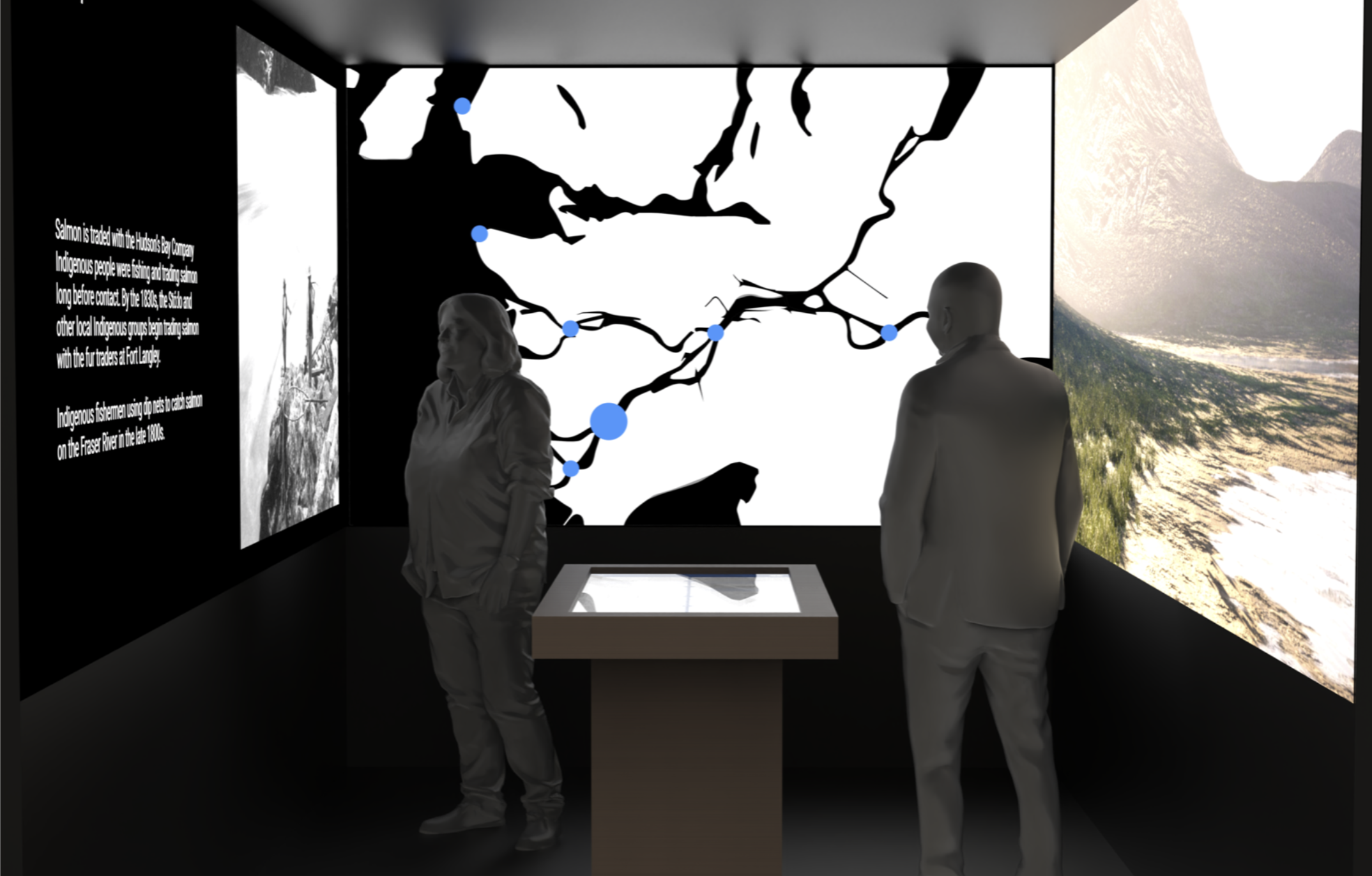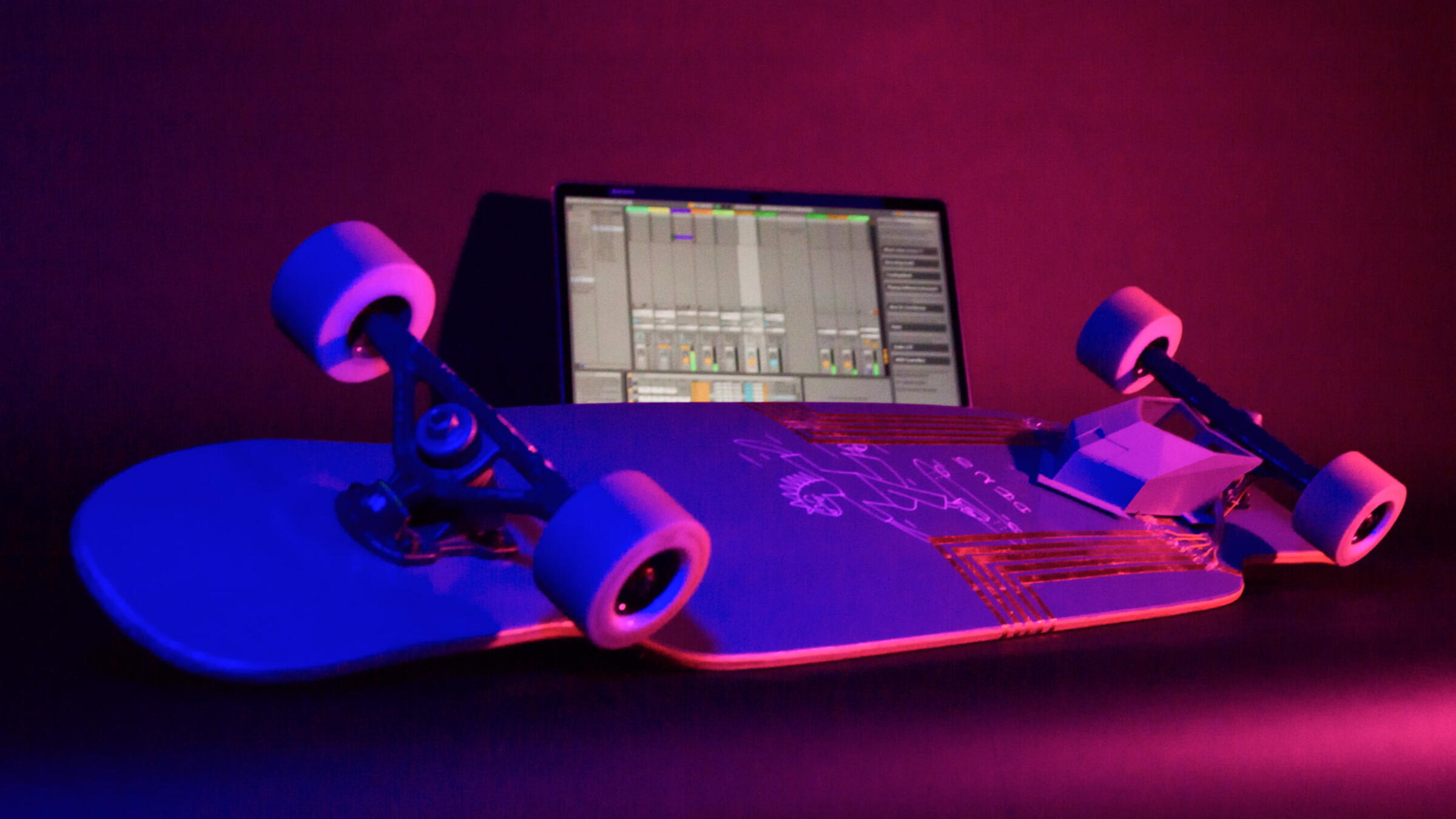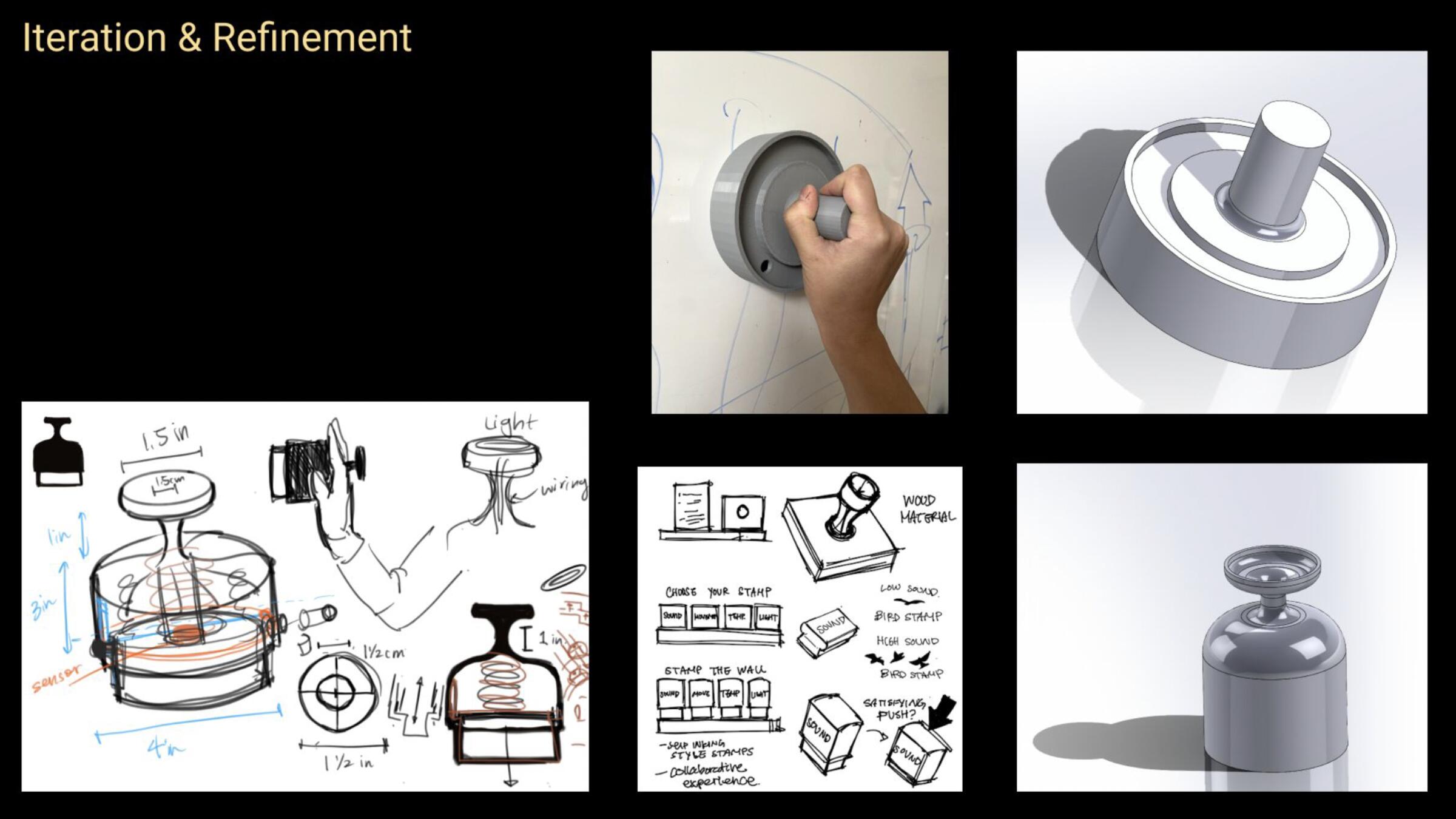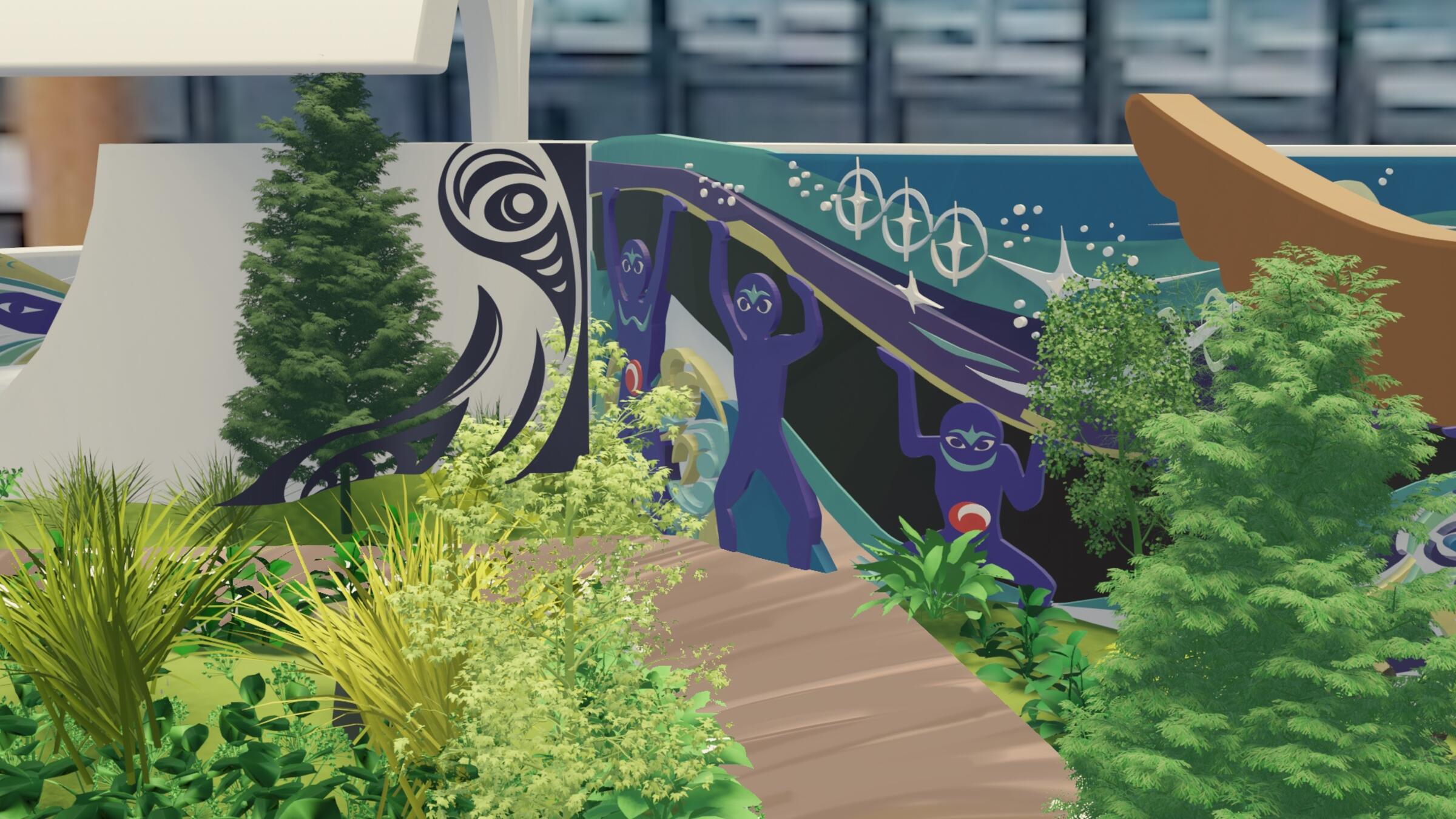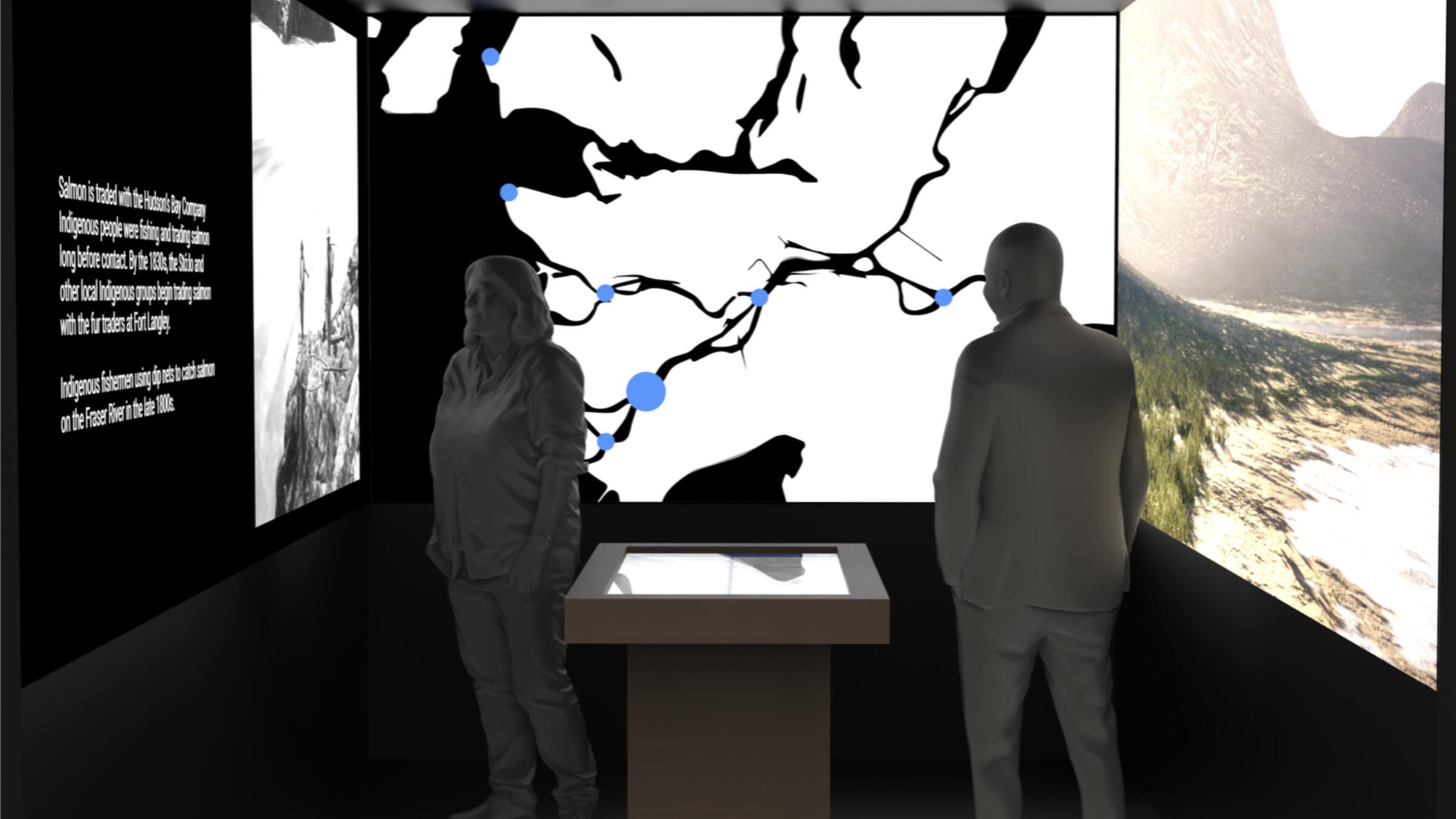
Environments
We are at the forefront of the expanding field of design. Environments, what we define as the experiences people have in physical spaces and the increasing role technology plays in those spaces, from smart devices and sensors to immersive projection, augmented reality, and more, represents the new and growing discipline of spatial interactions. We are agile and curious. We embrace change and unpredictable futures.
The School of Design was the first design school in the U.S. to offer an undergraduate program dedicated to the design of digital and physical (sometimes called phygital or hybrid) environments. Environments students and faculty are always looking at the horizon, seeking new opportunities for design and asking the question “how might we…?”
As a student in the Environments track, you’ll work on projects that range from real-world to speculative, from right now to 10 years into the future, and from the scale of an artifact to systems and services that impact entire communities. You’ll be an explorer, working with ambiguity and defining your interests within this broad field.
The foundation of your study in this program will be the design of place-based experiences and spatial interactions that result in meaningful, multi-sensory human experiences. Course and studio work places particular emphasis on developing experiences that involve the seamless integration of digital and physical systems, and a critical examination of the ever-evolving landscape of technology, including AI, machine learning and XR.
How We Work
In every project we consider who we are designing for, what interactions should take place (between people, objects, technology, and space), how the experience we are designing can be realized, and why the world needs what we’re making. When designing environments, we often design both the physical characteristics (layout, lighting, furniture, color, interfaces, branding, artifacts) and digital interactions (sensors, AI, apps, computer vision, physical computing, augmented reality) to create particular experiences. We also make working prototypes, leveraging technology such as spatial audio, IoT sensors, motion tracking and projection mapping, to better understand what we are designing and how it works.
As a student in the program, you’ll explore a diverse range of environments including retail experiences, interactive exhibits, “smart” device interactions, new mixed reality experiences, intelligent environments, social systems, and experimental speculative projects.
You’ll not only learn and experiment with domain-specific knowledge and approaches, but you’ll also explore how to synthesize multiple theoretical perspectives and apply them practically and critically through your work.
The practical skills you’ll develop include interaction and user experience design (UX), physical and digital prototyping and modeling, physical computing, storytelling and concept video development, multi-sensory and brand design, mixed and augmented reality, creative use of machine learning, speculative design and design fiction.
Our History
Over a decade ago, the School of Design recognized that human environments are evolving into a hybrid of physical and digital experiences, and designing for those experiences and interactions is an ever-broadening field. The Environments track was launched in 2014 to expand the School’s work into areas that are not addressed in the Communications and Products tracks.
Since that time, the physical and digital have continued to blend even further with smart spaces, internet applications, sensor networks, big data, artificial intelligence, smart cities, and mixed reality interfaces. The history of the Environments field is only now starting to be written, and we are excited about the future.
Our Alumni
Environments track alumni discovered their passions during their time with us and are now out in the world building their careers. They are designing physical, digital, and hybrid experiences, new services, and exhibits, and exploring the boundaries of new technologies. They are entrepreneurial — both in launching their own businesses and seeking out opportunities — and embrace ambiguity. Most importantly, they are confident in their ability to adapt to the changing professional landscape, collaborate with designers, engineers, programmers, architects, etc, and learn new skills and software.
Graduates are designing interactions and experiences at companies such as Apple, Google, AJQA, Capital One, Adobe and Duolingo, among others. They have gone on to graduate school at competitive, cutting-edge programs in universities such as UC Berkeley, UPenn, NYU and Northwestern. Students in the track have also secured internships with companies and organizations that include Apple, Google, NASA, Microsoft, Samsung, LinkedIn, Facebook, Dubberly Design Office, Deeplocal, frog design, odopod design, and Blast Motion, to name only a few.
Electives
Faculty in the Environments studios offer electives that will allow you to experiment with new technology, experiential prototyping, and environmental typography. You’ll also be encouraged to take electives both within the School of Design and across campus, such as Architecture, Drama, Art, Computer Science, HCI, and others, that may expand your personal interests in design.



